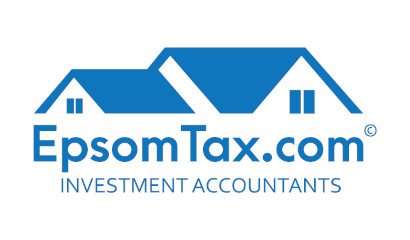FAMILY TRUSTS: BASIC CONCEPTS
The Two Main Types of Trust
There are generally two types of trusts that we do the accounting for:
- A trust with no rental income, and which doesn’t need to file tax returns with Inland Revenue (IR), but does need to produce annual financial statements. The work is generally very low volume in terms of transactions, and there is usually some gifting; often owns the family home.
- A trust with income of some sort, usually rental, which needs to file tax returns. The work is the same as that of an LTC with a rental, but there is the complication of gifting and loans from the Settlor as well as the bank. Additionally, from the 2022 financial year onwards, IR want a lot more info about who, what and why.
The concepts
A trust is an arrangement between three groups of people: the Settlor, the Trustees and the Beneficiaries. The Settlor of the trust sells his property to the Trust. To acknowledge this, a Deed of Acknowledgement of Debt is usually drawn up. The Trustees must then manage the property on behalf of the Beneficiaries of the Trust. (Any legal documents including bank statements should actually be issued to the Trustees, but sometimes you will see bank statements and invoices issued to the Trust). A person may be the Settlor, a Trustee and one of the Beneficiaries.
Now, usually the Trust has no income, so the Settlor pays the mortgage to the bank on behalf of the Trust. This creates more advances (loans) from the Settlor to the Trust. Usually an Agreement to Occupy is drawn up, and this basically says that the Trustees can live in the house rent free, so long as they pay for the upkeep of the property.
Note that if the Settlor (assuming he is living in the house and is also a Trustee) does improvements on the house, then this is also considered an advance to the Trust (this is because it is not the sort of an expense that a “tenant” would pay for; rather, an improvement is a landlord’s expense and in this case the Trust is the “landlord”, even though no rent is charged to the “tenant”).
This is where gifting comes in: the Settlor is owed money by the Trust (he sold the property to the Trust) but he decides to progressively forgive this debt, usually no more than $27,000 per year (here’s why people usually don’t gift more than that amount). This gifting is recognised by Deeds of Forgiveness of Debt, which are typically drawn up annually. In the past these had to be registered with IR but not anymore. Sometimes the Settlor will forgive all of the debt at once. The decision on whether to do this or not is best taken under legal advice.
Why do people set up trusts?
The benefit of a trust is that a person gets to use its assets, thus controlling them, without having legal ownership of them. People do this to protect themselves from being sued by creditors and losing everything. Most commonly people put the house they live in into a Trust.
There are various articles on trusts on this site; just type “trust” into the search window.
Where to from here?
We hope that this gives you an overview. For more information please contact your lawyer.
If you have a trust and you’ve never had financial statements drawn up for it then there is a reasonable probability that your trust is a sham (yes, even if all it owns is the family home). More info here: Common Misconceptions About Family Trust. See also Common Trust Terminology
Please contact us for help or phone 0800 890 132.
Recent Posts
Pages
Useful Links
Services
Contact Details
Phone: 0800-890-132
Email: support@epsomtax.com
Fax: +64 28-255-08279
EpsomTax.com © 2021
